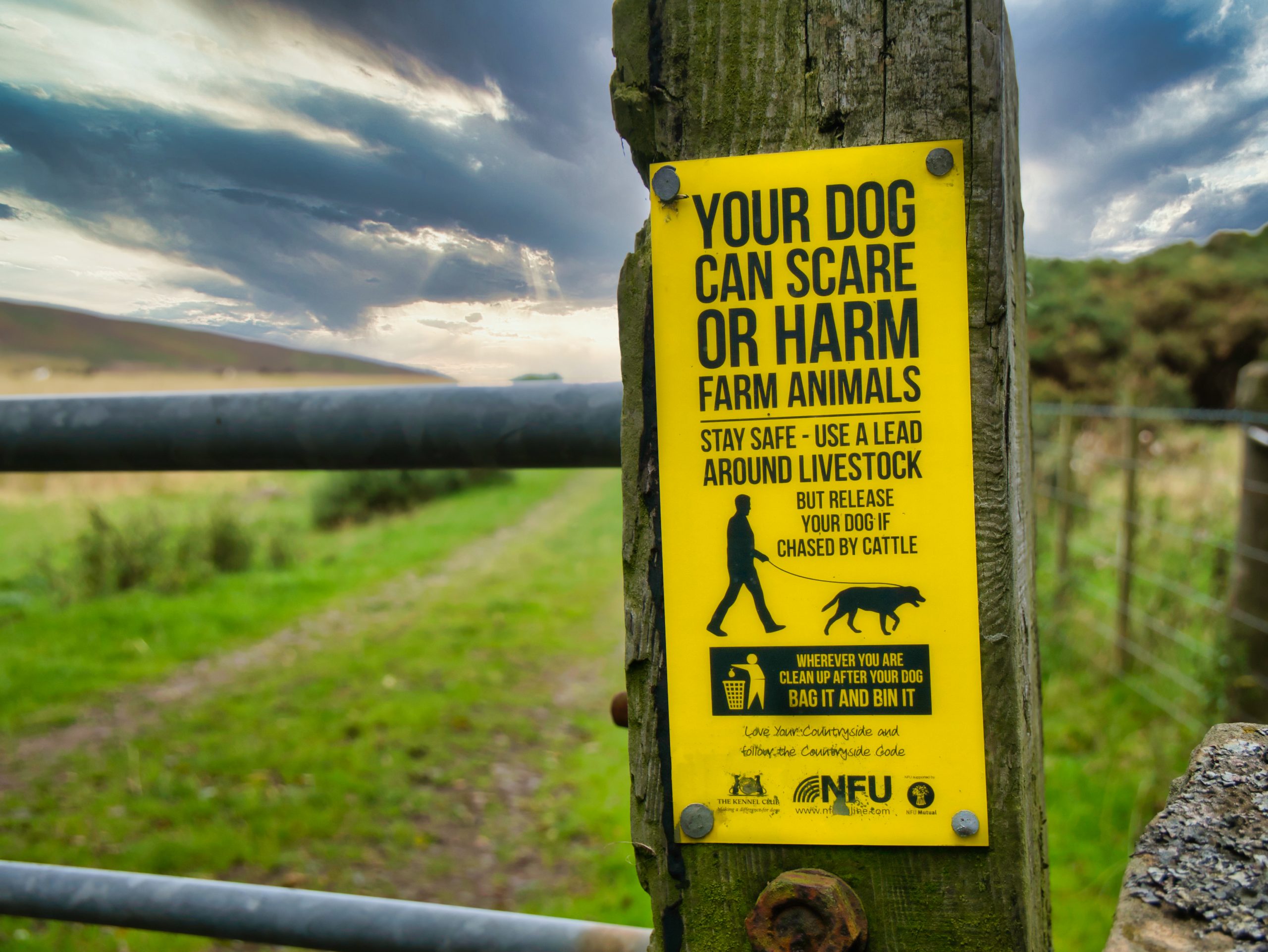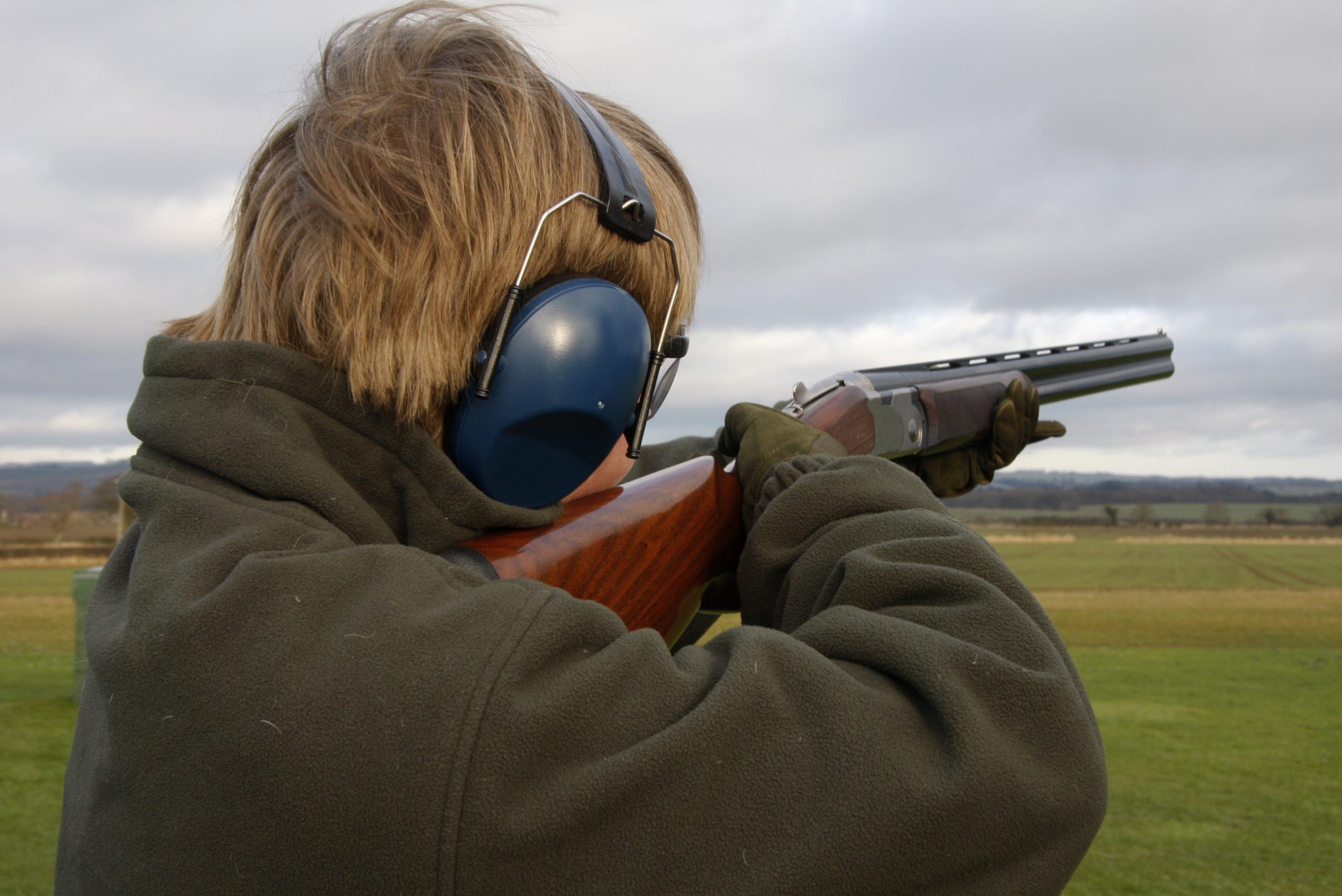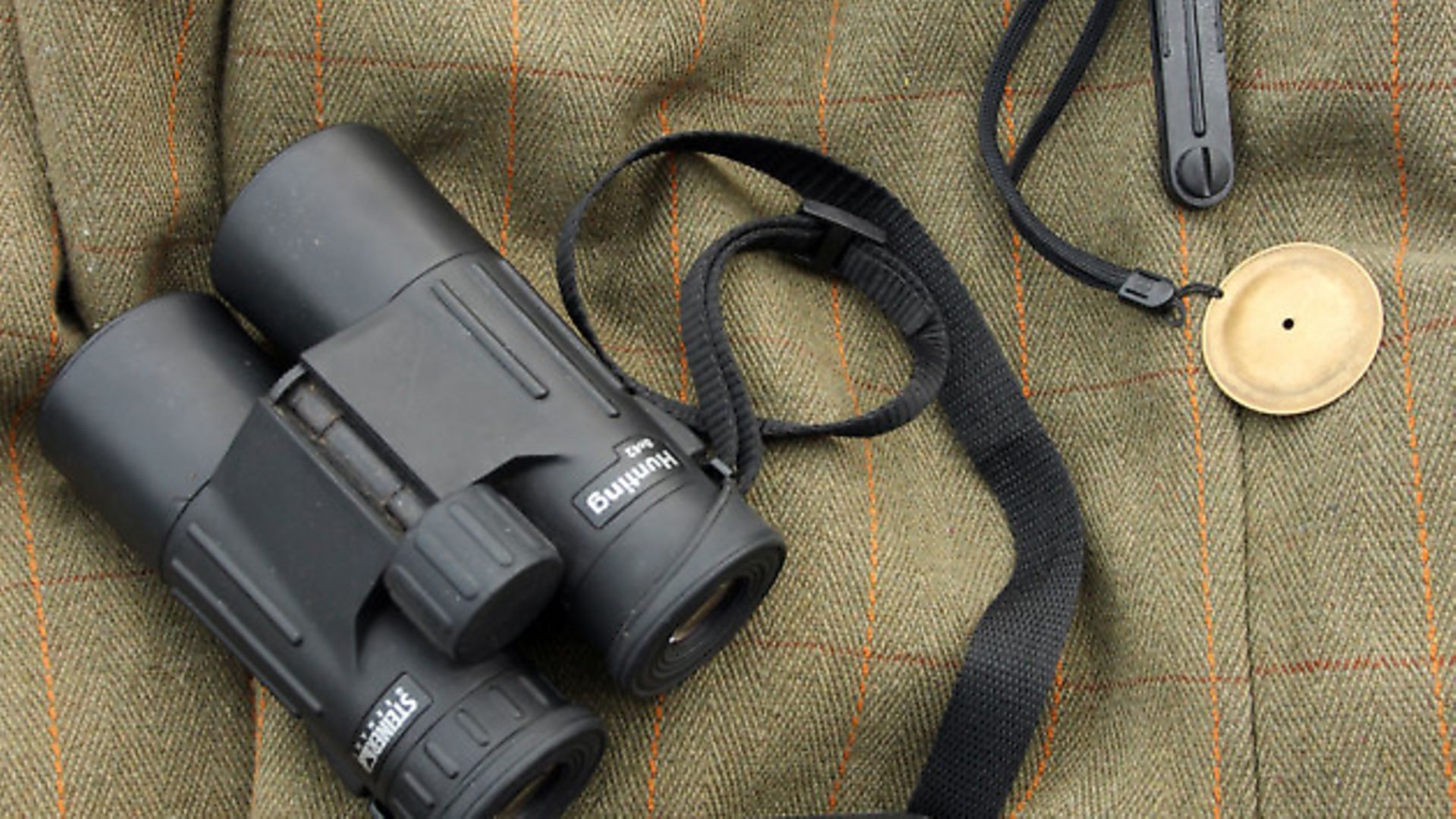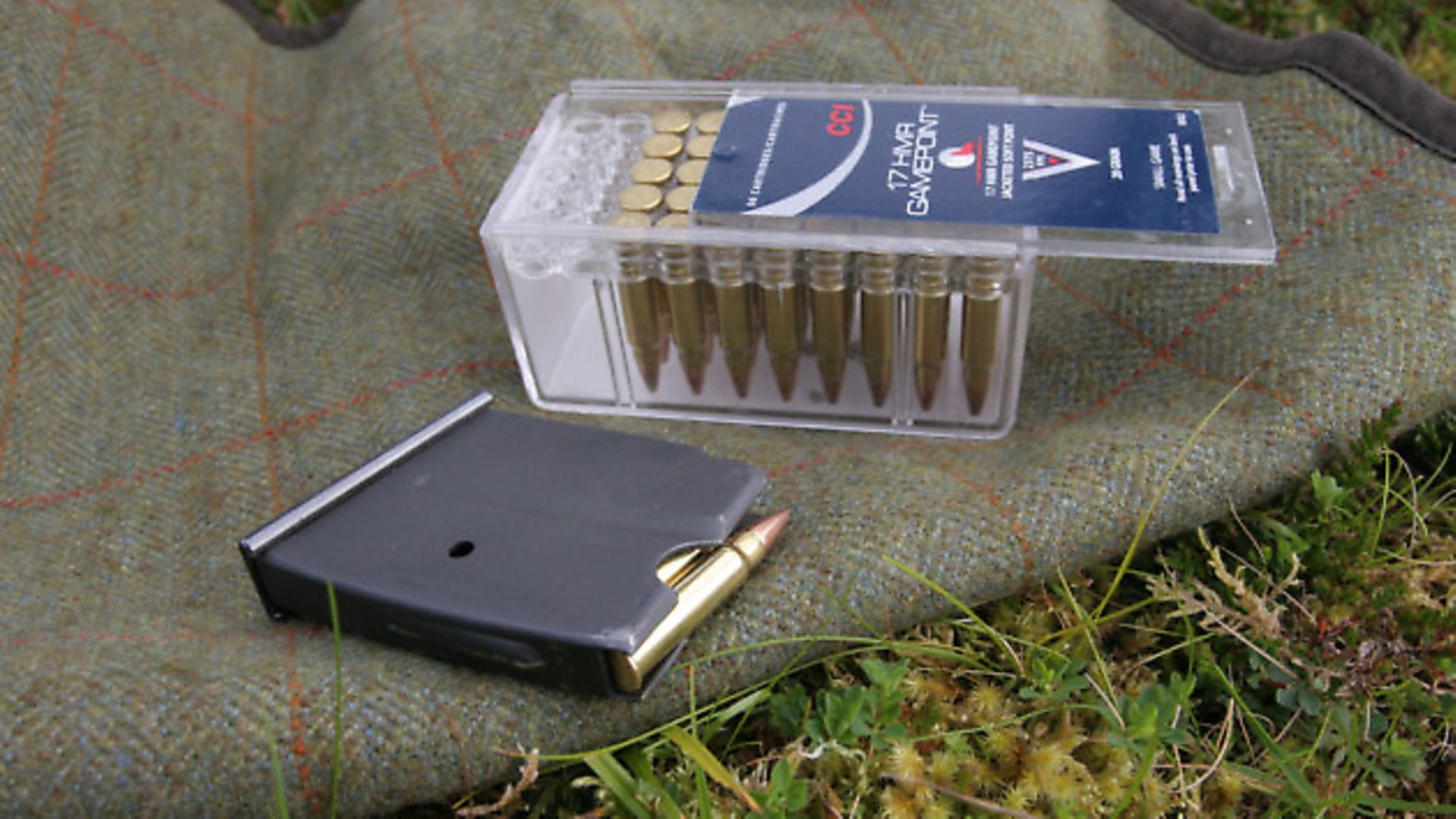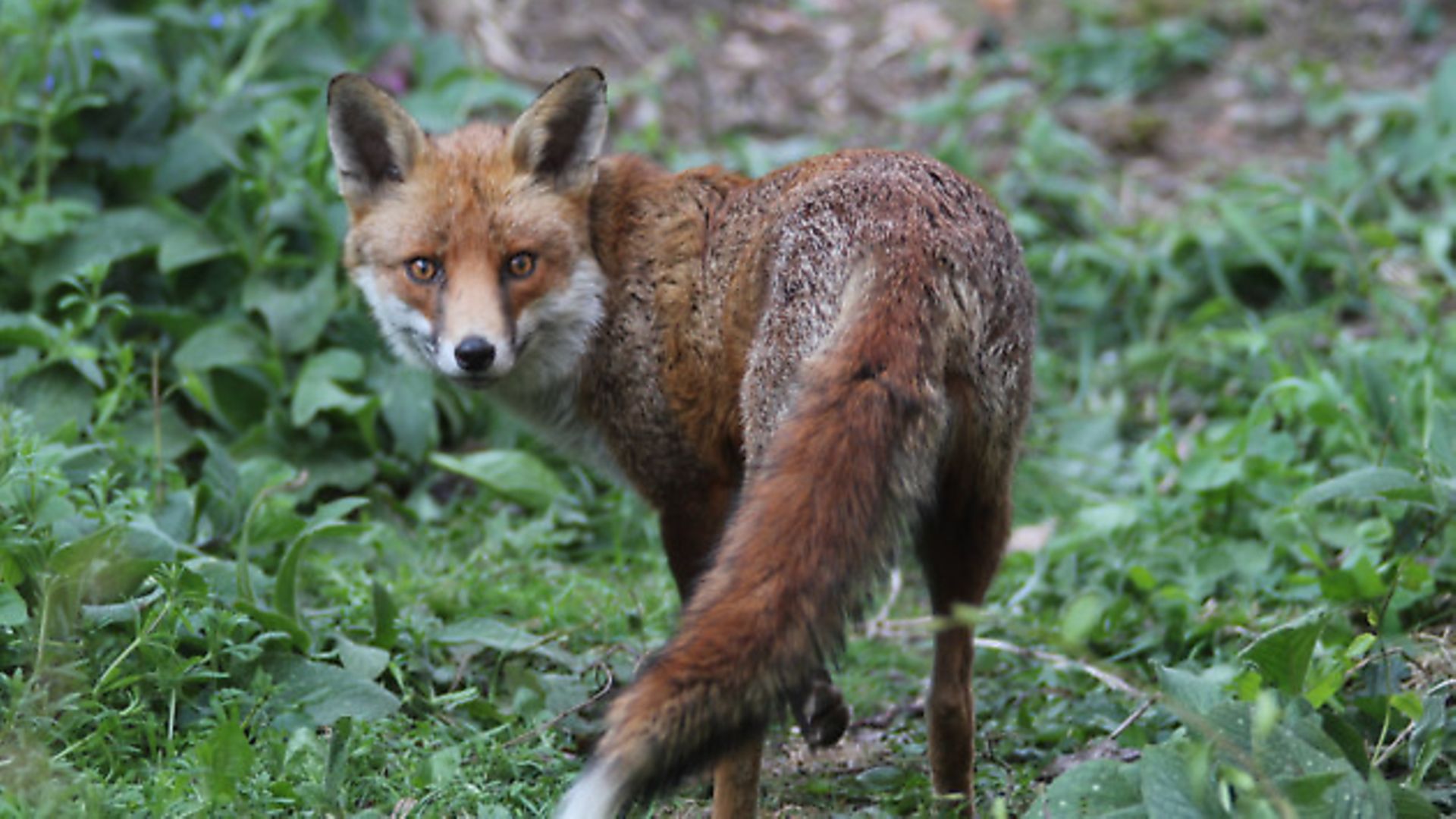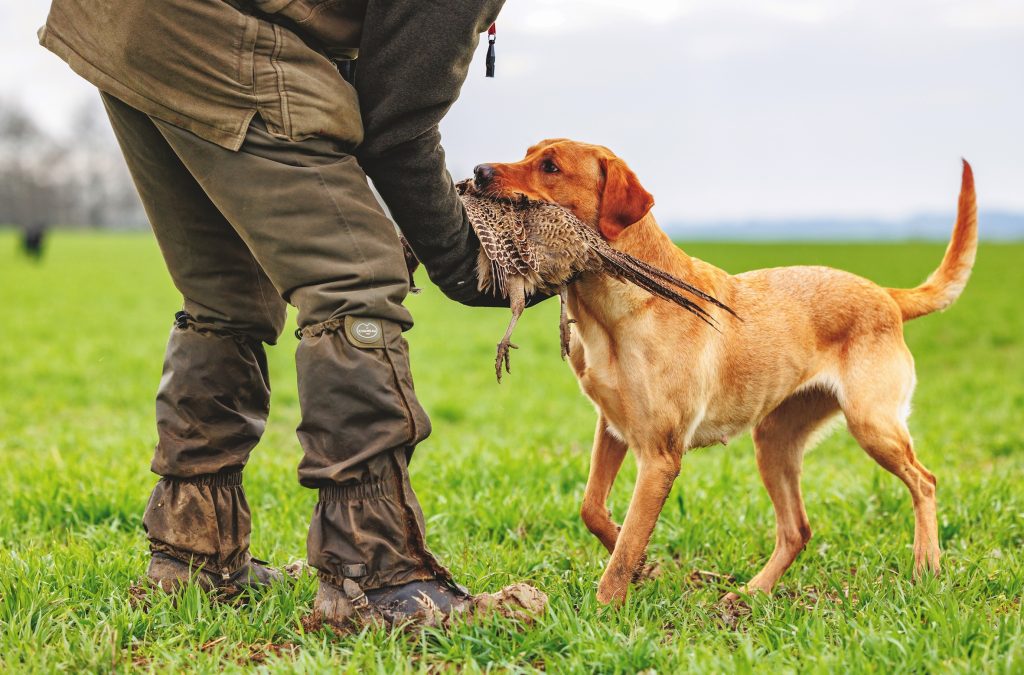How to use a fox call – tips and tricks
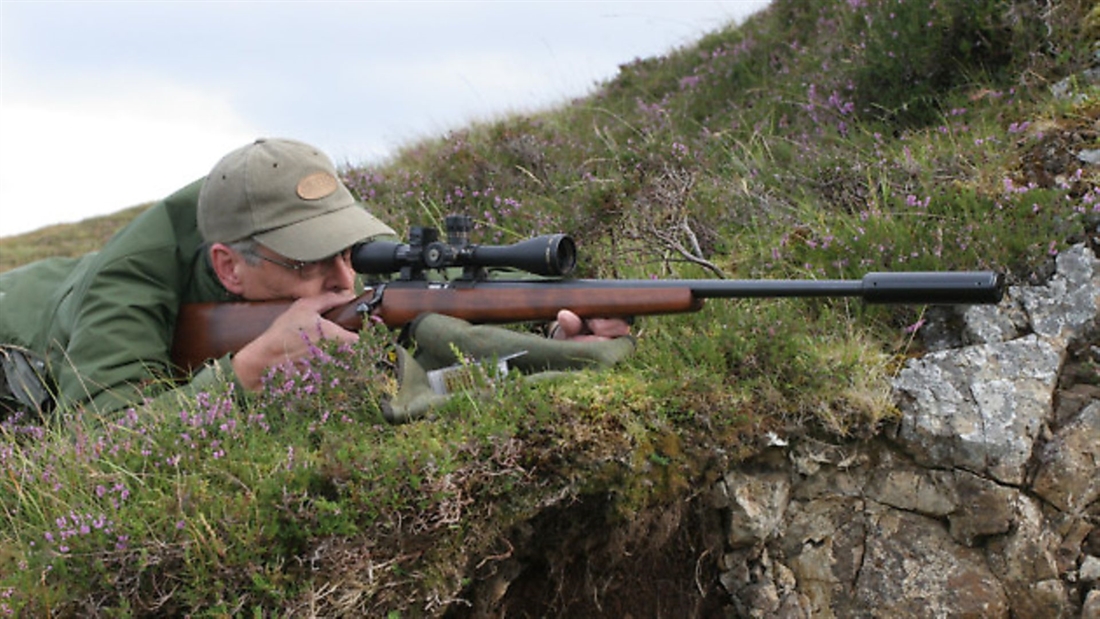
James Marchington explains how to use a fox call to bring in your target and emphasises the importance of preparation
I remember the first time I watched someone call a fox. It was the maestro himself, the Warrener, and I was flabbergasted. All my hunting had involved being as stealthy as possible, not letting the quarry hear any sound I made. Yet here was someone making a horrendous racket – and the fox came rushing in like a Field Trial Champion to the whistle!
It was a real eye-opener, and I resolved to master the technique myself. The Warrener had made it look so easy, but I quickly discovered that there is much more to calling than just making a squeaking noise. Indeed, with some calls it can be quite an art to get a noise out of them at all.
Like so much in shooting, it’s all in the planning. Get everything set up right beforehand and it looks easy; get it wrong and you’ll be squeaking til Christmas with nothing to show for it.
It helps to remind yourself why calling works at all. Essentially, the fox is bumbling along, minding his own business, when he hears a squeal. I’m quite sure their minds don’t work like ours, but the English translation of the fox’s thoughts would be: “Hmm, that sounds like a rabbit in trouble. Maybe a stoat has got it. I could nip over there and pick up an easy meal. Better crack on or I’ll miss out.”
That explains why a call works, but it also explains its limitations. It doesn’t make the fox blind or stupid. It doesn’t even make him hungry when he isn’t. It just lures him with the promise of an easy meal. If you had to live outdoors in all weathers, eating only what you could catch or forage with your bare hands, you’d understand what a powerful draw that can be.
So you can’t just learn to blow a fox whistle and then magic them out of thin air to come trotting up to your feet regardless of wind, background and everything else. Plotting, planning and knowing where and when to call are all vital skills.
Before you bring that call anywhere near your lips, work out where your fox is likely to be. Perhaps it’s hunting through the undergrowth in a wood, or lying up in thick cover, or maybe there’s often a fox or two in a certain patch of cover crop.
Now, where are you going to wait? Choose carefully because this is not just your observation post. With luck it will soon become your shooting position. Do you have a good solid rest, and will it enable you to swivel round and take a shot in any direction? What are the backstops like all around you? The whole exercise will be pointless if Charlie trots up and sits in a spot where you can’t take a shot.
A high seat can be a big help. The elevated position gives you a better view and lifts you up where the fox is less likely to spot you. It also means your scent is more likely to blow over the head of any approaching fox. Plus the rail gives you a good firm shooting rest through a wide arc.
On your regular permission you may decide to erect permanent high seats in the most suitable spots, but nowadays there are some excellent portable high seats available at reasonable prices. They have the advantage that you can move them around to suit changing conditions, and they aren’t going to get vandalised by any wandering antis – an increasing problem in many areas, and even more so now that the badger cull has become such a high-profile target.
Alternatively, you can follow the lead of many keepers and fox shooters and use a vehicle as a kind of moveable hide.
Next, put yourself in your quarry’s position. The fox didn’t get where he is today by rushing recklessly into potential danger. A really confident and hungry fox might run headlong across an open field towards you, but it’s more likely that he will approach warily, staying in cover for as long as possible, waiting, watching and listening to make sure it’s safe to collect his free meal.
Check out the likely approach routes. Your fox may use a hedge or ditch for cover, or move through a standing crop where he knows he will be out of sight. There’s every chance he will sit just inside the cover for a few minutes, checking the coast is clear before committing to moving out into the open.
Remember, too, that predators such as foxes rely heavily on scent. If your quarry has the slightest doubt about your set-up, he will try to work round to get downwind of you. Try to avoid leaving an area of thick cover downwind of your calling position, because the fox will easily move through unseen, scent you and run off – you’ll never even know it was there.
With a bit of cunning you can use this to your advantage. Position yourself so that any fox trying to catch your wind has to move across open ground in plain sight. Rather than risk going out in the open, he will probably approach from a different direction. But if he does set off across the open field, you have plenty of time to line up the gun and stop him with a well-timed squeak or shout before he crosses your wind.
Some foxes seem to throw off all caution when they hear a squeal, but not all of them are so careless. You should make sure you are properly concealed, and take care not to cause any more disturbance than absolutely necessary. Wear camouflage if you want; it helps but it’s not essential. More important is keeping still and covering those tell-tale areas of exposed skin – gloves and a face veil are a big help. Remember to wrap up warm enough for the weather; even a summer’s night can be chilly and you don’t want to cut short your outing because you underestimated the number of layers you’d need.
Ok, we’re nearly ready to start calling. Have a good look all around and make sure the area is clear of livestock, grockles, joggers, badger protectionists and any other hazards. Check your magazine is full and there’s a round in the chamber. Sounds silly, doesn’t it, but I’ve seen many an ‘expert’ line up on a fox and squeeze the trigger only to hear the ‘dead man’s click’. Have a last look through the scope to ensure it’s clear and you haven’t forgotten to remove the covers… and we’re off.
Plenty of people like the fancy electronic callers, and they do work. There’s a lot to be said for the remote controlled variety, which you can place away from your shooting position. Some of them even come with a jiggling furry rabbit-shaped thing to help focus your quarry’s attention away from you.
Personally, I like the calls you blow with your mouth; there are no batteries to run flat or worries about whether it will start – or stop – when you press the button. Keep it simple is a good motto.
After trying most of the calls on the market, I carry three strung around my neck when I’m foxing. There’s a circular brass Wam call for quiet, short-range, high-pitched squeaks. Then there’s a plastic reed-type call from Fox Call UK, which I find makes a very realistic dying rabbit squeal. Finally, for long-range calling across Scottish hillsides I have one of the Tenterfield whistle-style stainless steel calls from Best Fox Call. With all these calls, practice makes perfect, and it’s best to get the hang of them before you need to use them for real.
I like to start with the Wam, just in case there’s a fox nearby. If nothing happens, I’ll work up to the reed call and wait a bit. Remember that your fox may be travelling quite a distance; their hearing is much better than ours. If I think I need to shout out a bit further, then I’ll turn to the Tenterfield whistle – its loud, raspy call can bring them in from miles away.
When you spot your fox coming in, go easy on the call to avoid scaring it off. Keep movement to a minimum and get ready to shoot – always remembering the crucial safety rules. Make sure you have positively identified your target and the background is clear and safe. Allow for range and wind, hold steady, squeeze… Job done.
So yes, there is a lot more to it than I first realised, but there are few things that beat the satisfaction of outwitting one of nature’s most cunning predators – and the farmer will be happy too!
Pictures and words: James Marchington

